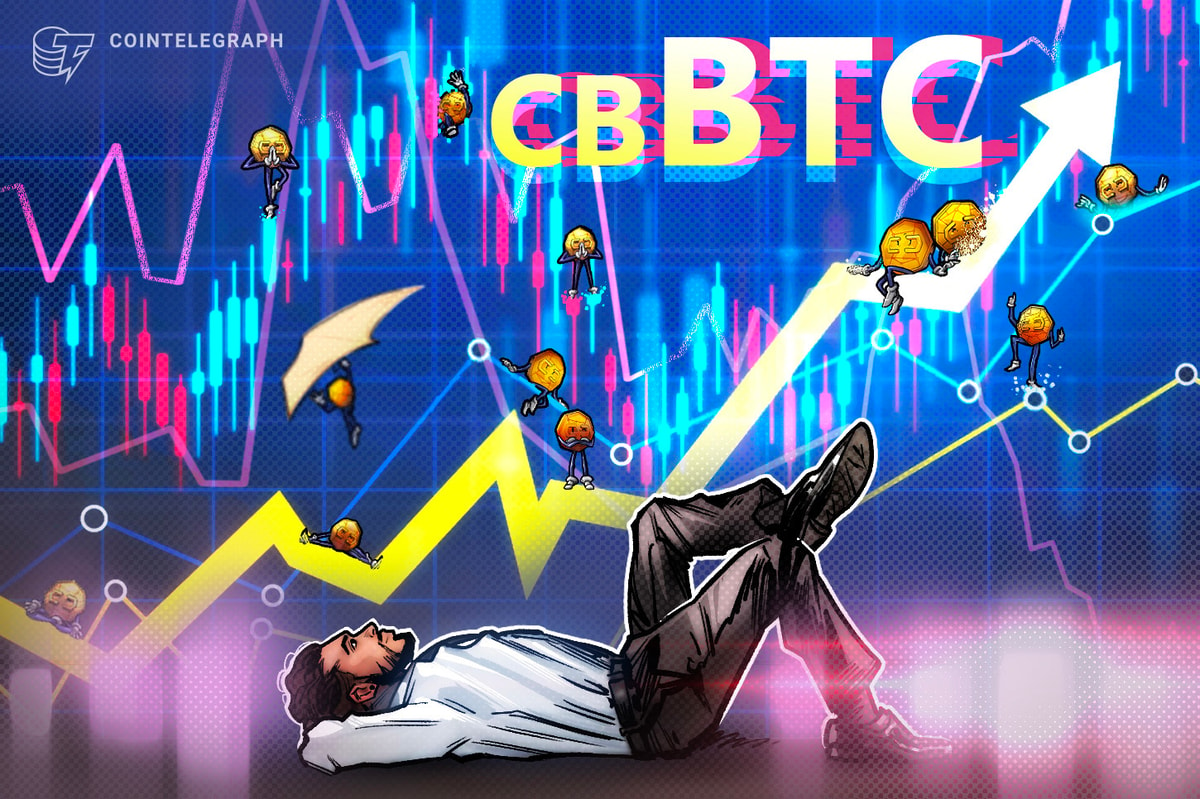Bitcoin (BTC) surged by 6% after the United States Federal Reserve (Fed) lowered interest rates by 0.50% on Sept. 18, pushing its price to a three-week high near $63,500. Despite this rally, derivatives metrics indicate that Bitcoin bulls are hesitant to increase leveraged positions, putting the $62,000 support level under pressure.
Interest rate cut and job market data impact Bitcoin price
The US jobless claims report released on Sept. 19 further lifted investor sentiment, with weekly filings for unemployment benefits falling to a four-month low of 219,000, down from the July peak of 250,000. Although still relatively high, the decline signals improvement. Stephen Innes of SPI Asset Management told Yahoo Finance that the Fed's focus "has now decisively shifted to the labor market," given that inflation is relatively stable at 2.5%.
In response to these developments, US stock markets also performed well, with the S&P 500 reaching an all-time high on Sept. 19. Fed Chair Jerome Powell reassured investors, stating that "the US economy is in good shape" and the rate cut was "a sign of faith, not panic." Powell further explained, "The time to support the labor market is when it's strong, not when you begin to see layoffs."
However, despite these macroeconomic shifts, some investors believe the upcoming US presidential election in November could have a more significant impact on the global economy. Billionaire investor Ray Dalio told CNBC that the election "highlights challenges to society’s ability to function smoothly." Dalio avoided endorsing either major party candidate, instead advocating for "moderates coming together [...] to make great reform."
Dalio expressed concern about the prevailing "win-at-all-costs mentality," warning that this could lead the losing side to "not accept" the election results. While political debates center around topics like abortion, immigration, and climate change, Dalio pointed out that the primary concern for voters remains the high cost of living, based on national polls.
Given the Biden administration's negative stance toward the cryptocurrency sector, it’s understandable that Bitcoin derivatives traders are hesitant to turn bullish too quickly. During a Sept. 18 House Subcommittee hearing, Arkansas Representative French Hill accused the US Securities and Exchange Commission (SEC) of injecting politics into its regulatory approach, resulting in "confusion and uncertainty."
Bitcoin options show reduced demand for downside protection
To assess whether traders are gaining confidence in the $62,000 support level, it's crucial to analyze the Bitcoin futures funding rate. Perpetual contracts, often referred to as inverse swaps, incorporate an embedded funding rate, recalculated every eight hours. A positive funding rate typically indicates a higher demand for leverage from buyers (long positions).
Bitcoin perpetual futures 8-hour funding rate. Source: Laevitas.ch
From Sept. 18 to Sept. 19, Bitcoin’s 8-hour funding rate remained relatively stable, sitting at 0.005%. This equates to 0.5% on a monthly basis, characteristic of a neutral market. While this marks a significant shift from the negative rates observed on Sept. 14, the current rate shows that retail traders are still hesitant to turn bullish on Bitcoin's price.
Related: Fed rate cut may be politically motivated, will increase inflation — Arthur Hayes
To determine if this sentiment was isolated to Bitcoin perpetuals, it's important to examine the demand in the BTC options market. The put-to-call volume ratio measures the balance between demand for put (sell) options and call (buy) options. Typically, during periods of uncertainty, demand for protective put options increases, causing the ratio to exceed 1.0.
BTC put-to-call options volume ratio at Deribit. Source: Laevitas.ch
On Sept. 19, the Bitcoin options put-to-call volume ratio fell to 0.54, indicating that call options outweighed put options by 86%. This is a stark shift from the previous two days when the ratio reflected balanced demand between calls and puts. Ultimately, while Bitcoin traders may be hesitant to open leveraged long positions, the reduced demand for downside protection suggests that traders are relatively comfortable with the $62,000 support level.
This article is for general information purposes and is not intended to be and should not be taken as legal or investment advice. The views, thoughts, and opinions expressed here are the author’s alone and do not necessarily reflect or represent the views and opinions of Cointelegraph.










